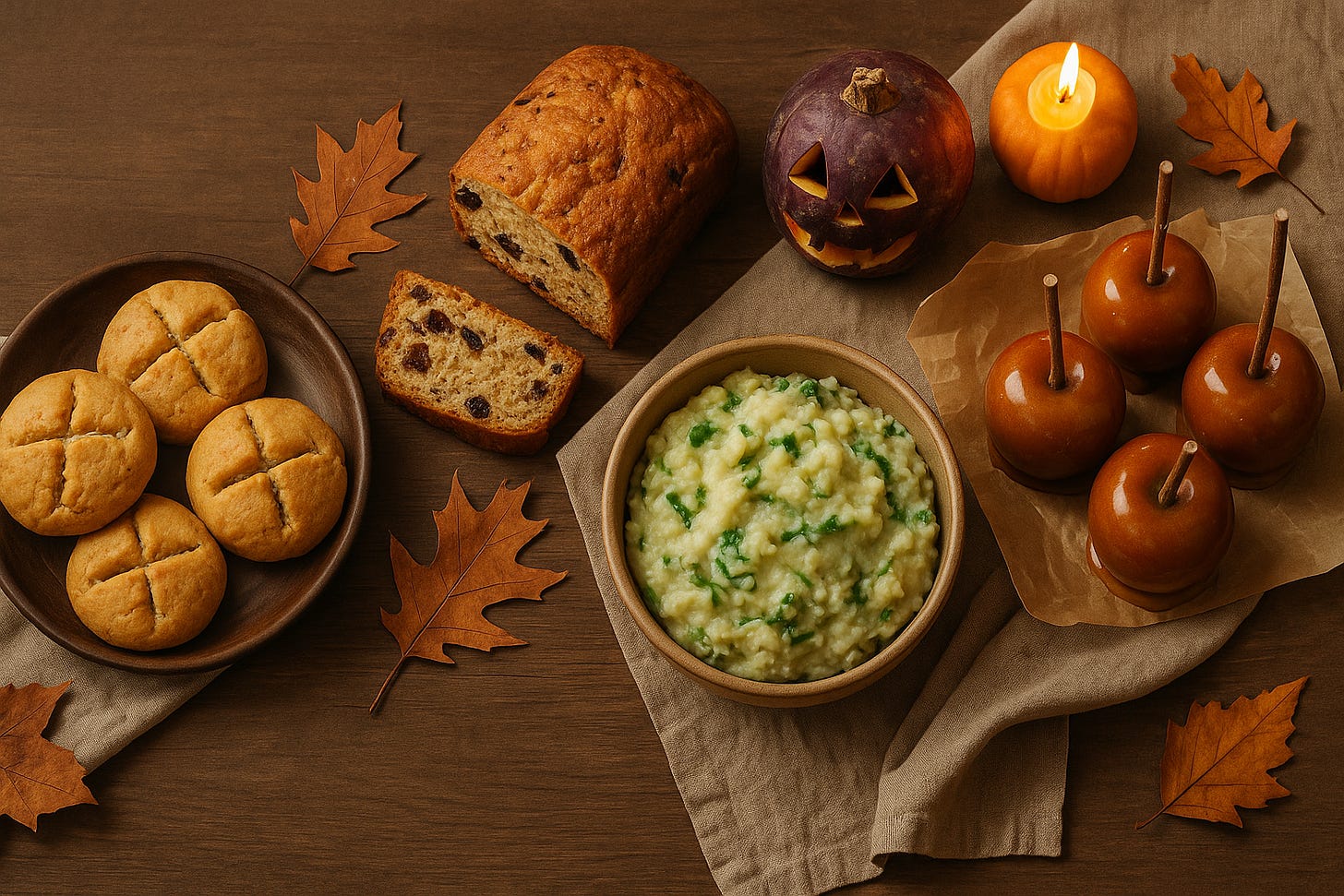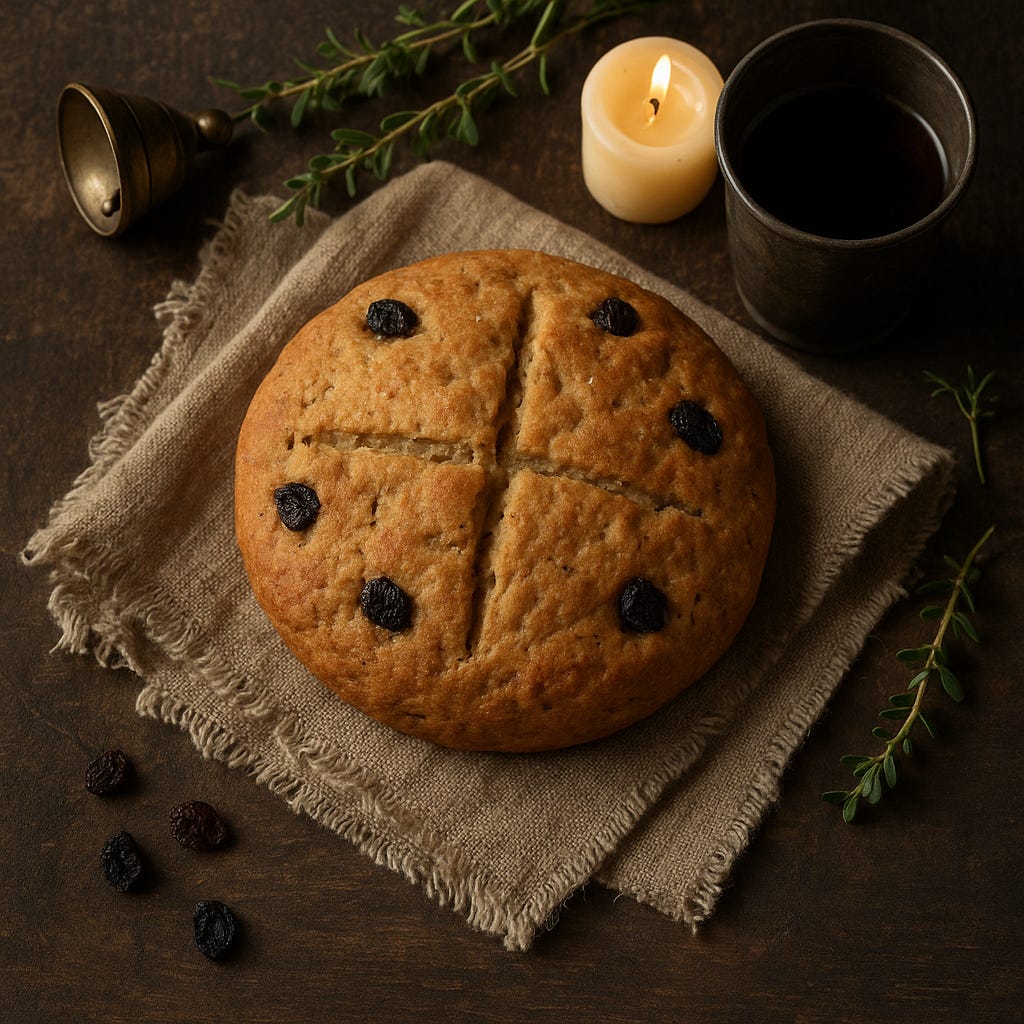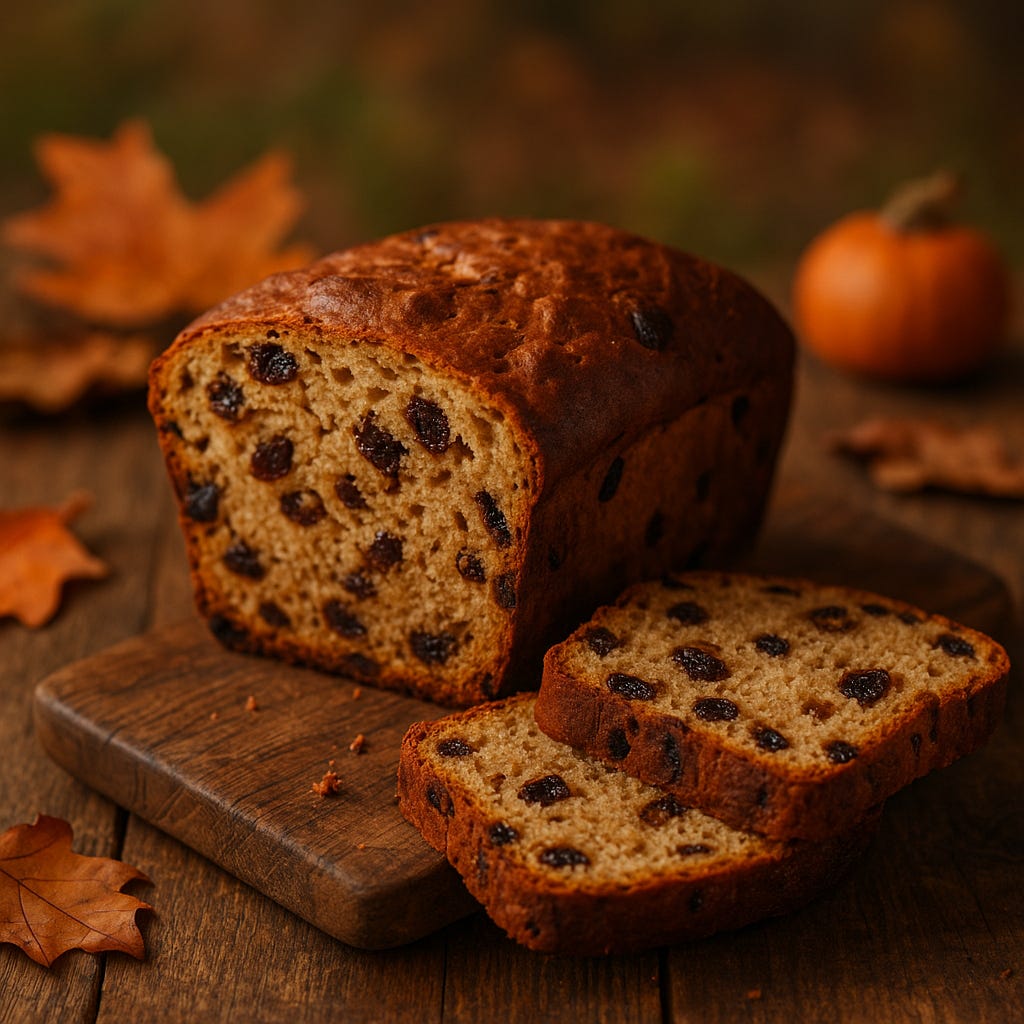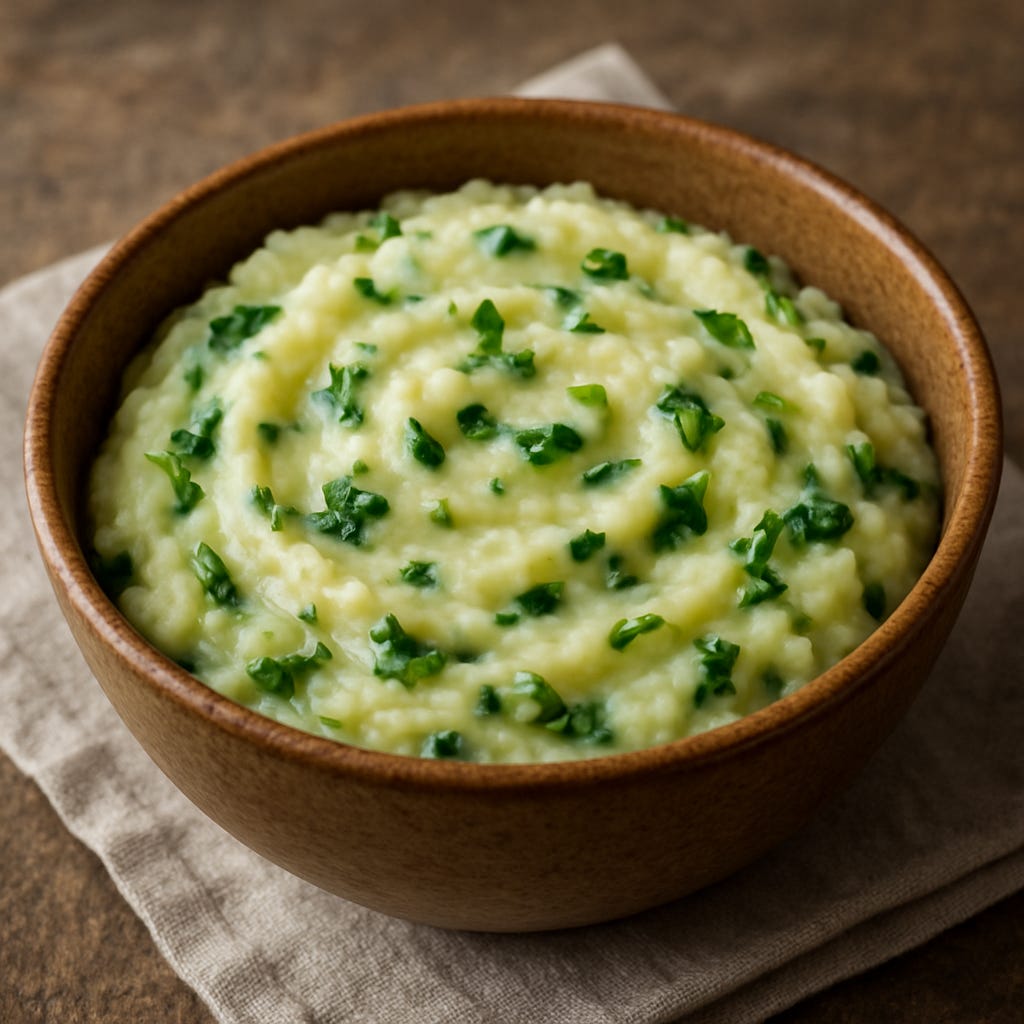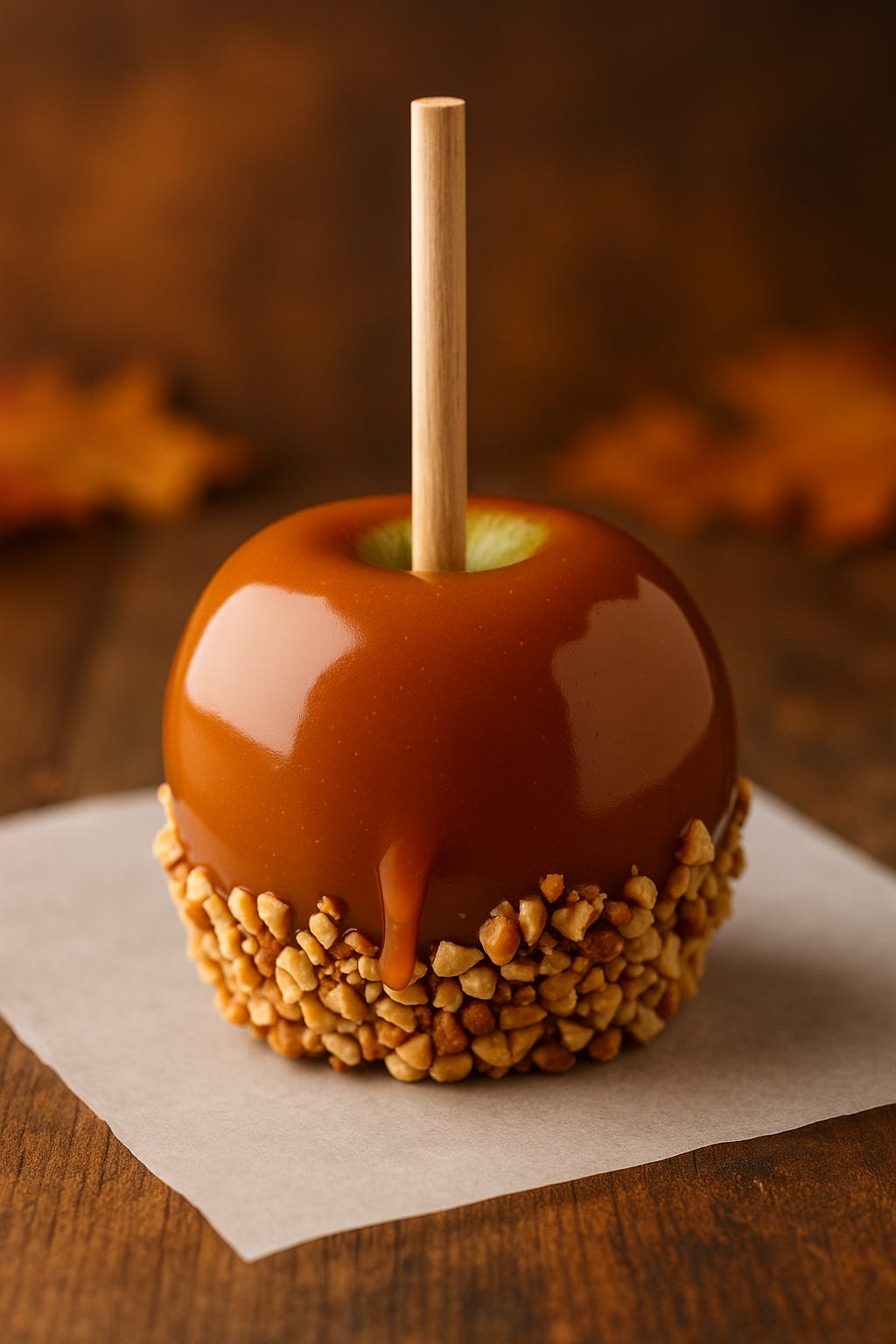The Plant-Based Roots of Halloween
All Hallows’ Eve: A Meat-Free History
With Halloween approaching, it’s a perfect time to revisit its history—and to see how it became yet another season when Christians were asked to abstain from meat. This piece is part of my Halloween series.
Homemade Halloween Treats (For Trick-or-Treaters or to Enjoy at Home)
Black Cats and Halloween: History & Lore (Coming up)
Animal-Related Halloween Films (Coming up)
(For more on the topic of plant-based foods that came out of the religious tradition of abstaining from meat, I invite you to explore my related series, The Food History of Easter and Passover—Through a Plant-Based Lens.)
Halloween’s Origins
Halloween’s roots trace back more than 2,000 years to the Celtic festival of Samhain (pronounced SAH-win). Celebrated in what is now Ireland, the United Kingdom, and northern France, Samhain marked the end of the harvest and the beginning of winter—the “darker half” of the year.
It was seen as a liminal time, when the boundary between the living and the dead was blurred, when “spirits” or “fairies” could more easily enter this world and were particularly active. The souls of the dead were also said to revisit their homes seeking hospitality, and places were set at the dinner table and by the fire to welcome them.
The belief that the souls of the dead return home on one night of the year and must be appeased seems to have ancient origins and appears in many cultures.
Saints and Souls
In Christianity from the 4th century, feasts commemorating Christian saints and martyrs were held in various places, by various churches, on various dates—mostly in springtime; but in 837, Pope Gregory IV ordered the official observance of All Saints’ Day every November 1 and extended its celebration to the entire Church.
There are different theories as to why this date was chosen, but it certainly makes sense that honoring the dead at this time of year—when the light fades and the harvest dies—resonated with Christians, just as it has with the Celtic-speaking peoples who commemorated the dead at the beginning of winter.
For this observance, it was a common custom for Christians to begin their liturgical celebrations the night before All Saints’ Day, which came to be known as All Hallows’ Eve (from hallow, meaning “holy,” and even, an abbreviation of “evening”). This, of course, later became “Halloween.”
Later on, Christian missionaries introduced All Souls’ Day on November 2, which perpetuated the idea of the living coming into contact with the dead around the same time of year. All Souls’ Day is a day to pray for all souls; among Catholics, prayers are offered for those in purgatory, waiting to enter heaven. On All Souls’ Day, Catholic churches have a Book of the Dead, in which parishioners have an opportunity to write the names of relatives to be remembered.
One of the lesser-known customs tied to All Hallows’ Eve is the encouragement of abstinence from meat, which gave rise to a variety of plant-based foods that hold a special place in the celebration.
Meatless Vigils
To prepare for this sacred time, many Western Christian denominations historically encouraged (and some still do) a meat-free vigil on All Hallows’ Eve. This practice served as a way to remember and honor the departed by embracing a simple diet—an act of spiritual devotion, self-discipline, and connection to the themes of mortality and remembrance.
As a result, a number of food traditions can be rooted in this season—especially in Ireland, with its deep ties to the ancient Celtic festival of Samhain as well as to Christianity. That interweaving of pagan and Christian customs has shaped the richness and complexity of Irish Allhallowtide foods.
Let’s take a look at a few.
One of the lesser-known customs tied to All Hallows’ Eve is the encouragement of abstinence from meat, which gave rise to a variety of plant-based foods that hold a special place in the celebration.
Soul Cakes
The custom of baking and sharing soul cakes during Allhallowtide (All Hallows’ Eve, All Saints’ Day, and All Souls’ Day) dates back at least to the 15th century and is widely cited as a precursor to trick-or-treating.
Groups of poor people—often children—went door to door “souling,” collecting soul cakes in exchange for saying prayers for the dead, especially for the donors’ deceased friends and relatives. The cakes were given to the “soulers” as representatives of the departed or, symbolically, for the souls themselves.
A soul cake is a small, round, lightly sweetened cake that resembles a shortbread biscuit. Traditionally made for Halloween, All Saints’ Day, and All Souls’ Day, it commemorates the dead across many Christian traditions and was offered in both Protestant and Catholic communities in England from the medieval period well into the 1930s.
Soul cakes are usually spiced with allspice, nutmeg, cinnamon, ginger, and often include raisins or currants. Before baking, they’re typically marked with a cross to signify that the cakes are alms. In early Christian custom, they might be set out with glasses of wine as offerings for the dead; children would then go souling—ritually begging for cakes door to door—on All Hallows’ Eve, All Saints’ Day, or All Souls’ Day.
Alongside souling, some Christian communities visited graveyards to pray and placed flowers and candles on loved ones’ graves. By the late Middle Ages, these days included ringing church bells for souls in purgatory, and criers dressed in black would walk the streets, tolling a mournful bell and calling on Christians to remember the “poor souls.”
You can find modern recipes for soul cakes—often “fancied up” with sugar and saffron—though historically they were simpler and more symbolic than sweet.
Barmbrack (Bairín Breac)
Barmbrack — Irish Halloween fruit loaf with hidden charms for a bit of fortune-telling.
Barmbrack is a traditional Irish fruit bread enjoyed throughout Allhallowtide—Halloween, All Saints’ Day, and All Souls’ Day (and in some places on New Year’s Eve). While Halloween is the best-known date, the whole period is one of reflection and remembrance, and barmbrack—with its hidden charms and fragrant fruit—has long been part of the table.
Its roots reach back to Samhain, the Celtic festival marking the end of harvest and the beginning of winter, when divination customs were common. As Christianity spread and blended with older practices, those customs were woven into All Hallows’ Eve and All Saints’ Day, and barmbrack evolved as a Christian-era version of the Samhain fruit loaf.
Often called the Halloween brack, it’s typically a light, gently sweet loaf studded with raisins and dried fruit, baked with charms tucked inside—much like a king cake. Traditional tokens include
a pea (no marriage that year)
a stick (quarrels or an unhappy match)
a cloth/rag (bad luck or poverty)
a coin (good fortune), a ring (marriage within the year)
and a bean (little wealth)
Slices are served to see which fate each person “draws,” turning a simple fruit bread into a bit of playful fortune-telling.
Colcannon
In Ireland—and among Irish immigrants in Canada—the Christian practice of abstinence made All Hallows’ Eve a meatless day. Instead of meat, families often served pancakes (like boxty) or the traditional dish colcannon.
Colcannon is a hearty Irish mash of potatoes with cabbage or kale, enriched with butter and milk—true comfort food and easy to make plant-based with nondairy butter and milk. Irish historian Patrick Weston Joyce described Colcannon as “potatoes mashed with butter and milk, combined with chopped cabbage and various pot herbs.”
While those are the classics, variations commonly add scallions (spring onions), leeks, onions, chives, or even laverbread; some versions swap cabbage for kale. Historically inexpensive and eaten year-round, colcannon also became the customary Halloween evening meal before a night of amusements and pranks.
Pumpkins, Turnips, and Jack-o’-Lanterns

In Ireland, Scotland, and parts of England, the turnip (or “swede”) was traditionally carved for Halloween—and it’s no easy task. Faces—often grotesque or eerie—were cut into these hard roots to serve a double purpose: lighting the way on dark autumn nights and warding off evil spirits. These carved turnips are the direct precursors of the modern jack-o’-lantern.
When Irish and Scottish immigrants arrived in North America, they turned to the native pumpkin, which is both larger and much softer than a turnip, making it far easier to carve.
The American custom of carving pumpkins is documented in the early 19th century and was originally linked to harvest time in general, only becoming specifically associated with Halloween by the mid-to-late 19th century.
From there, pumpkins took center stage: pumpkin pies and other pumpkin-based dishes became emblematic of the season and offer a naturally vegetarian (and easily veganizable) way to celebrate—think pies, soups, stews, and roasted seeds, all rooted in a tradition that began with a humble carved turnip.
Candy / Toffee / Caramel Apples
In the Northern Hemisphere, Halloween arrives on the heels of the apple harvest, so candy apples—called toffee apples outside North America, and also known as caramel or taffy apples—became classic treats. Whole apples are dipped in a hot sugar syrup (often caramel) and sometimes rolled in nuts.
At one time, candy apples were a common handout for trick-or-treaters. The practice declined sharply in the late 20th century after widely publicized rumors that people were hiding pins, needles, or razor blades in apples. While isolated reports exist, confirmed cases of intentional, malicious tampering were exceedingly rare compared with the volume of media coverage, and they did not result in serious injury. Many incidents turned out to be hoaxes, copycat pranks, or objects already present in factory-made sweets.
Still, anxiety took hold.
Communities issued safety advisories, and parents were urged to inspect treats or discard unwrapped foods. As a result, homemade or unwrapped items like candy apples were largely replaced by individually wrapped, store-bought candy, and in some places Halloween celebrations shifted toward school and community events to reassure families about safety.
Games with Plant-Based Foods
There are several games traditionally associated with Halloween parties.
“Dunking” or “apple bobbing” (called “dookin’” in Scotland): Apples are placed in a tub or large basin of water, and participants must use their teeth to remove an apple from the basin.
Scones on strings: Treacle- or syrup-coated scones are hung by strings, and they must be eaten without using hands while they remain attached to the string, which inevitably leads to a very sticky face.
Snap-apple: An apple is suspended from a string (sometimes alongside a swinging candle in older versions), and players try to take a bite without using their hands.
Nut divination: Pairs of hazelnuts or chestnuts are named for people and placed near the fire; if they burn steadily together it’s said to be a good omen, and if they pop apart it’s not.
Today, the religious significance of Halloween may have waned for some, but the tradition of enjoying plant-based foods on All Hallows’ Eve still endures, reminding us of the connections between culture, spirituality, and the changing of seasons. It’s a celebration of both history and the culinary delights of the season, encouraging us to appreciate the beauty of tradition, in all its forms.
Also in our Halloween series:
Homemade Halloween Treats (For Trick-or-Treaters or to Enjoy at Home)
Black Cats and Halloween: The History and the Lore (Coming up)
Animal-Related Halloween Films (Coming up)
Related series: Curious about the plant-forward roots of other holidays? Explore my series, The Food History of Easter and Passover—Through a Plant-Based Lens, where I trace the symbols and stories through their enduring food traditions.
Some more resources for you
👉 Work with me 1:1 – Get personalized guidance whatever you are looking for. (One one-on-one consultation is also a perk of the Founding Member/VIP level here on Substack.)
👉 Listen to Food for Thought – Inspiration for living compassionately, sustainably, and healthfully (18 years strong!) And please feel free to leave a rating and review!
👉 Travel with me! I host animal-friendly, luxury, all-inclusive vegan trips around the world, specifically curated to ensure high-quality, high-touch premium experiences. Check out our upcoming trips, and let me know if you have any questions.
👉PLEASE! If you’ve already picked up your copy of A Year of Compassion, would you write a positive review here? If you haven’t picked it up yet…now is your chance! (More purchasing options, including signed copies, are here.)



